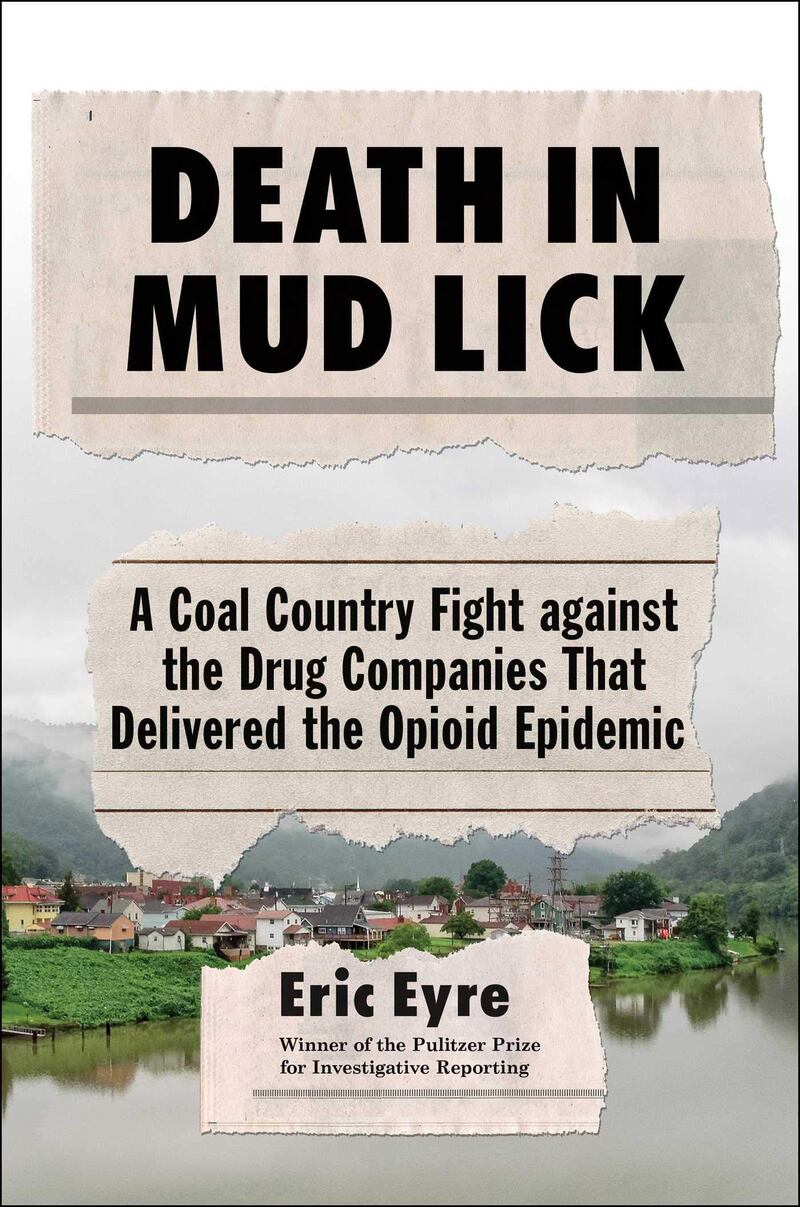Welcome to Kermit, West Virginia, population 382. Home of Sav-Rite Pharmacy, one of the nation’s top sellers of the opioid hydrocodone. In two years, drug companies shipped 9 million opioid pills to Kermit, 11,000 blasts of potentially addictive pain medication for every resident. And Sav-Rite would fill any prescription, as long as the payment was in cash. Some of its clients came from as far as hundreds of miles away.
To accommodate them, Sav-Rite filled 600-1,000 prescriptions daily, over 90 percent for drugs like hydrocodone. The pharmacy offered “courtesy snacks” like hot dogs and popcorn to waiting customers. It did so much business its cash drawers wouldn’t close because they were so stuffed, there were no spots in the parking lot, and cars backed up six deep at the drive-through window. Sav-Rite filled more scrip for hydrocodone than any other pharmacy in West Virginia, Kentucky, Virginia, Pennsylvania and Ohio—at least one per minute.
Sav-Rite doesn’t exist anymore. It was shut down in 2011, its owner sent to prison, convicted of fraud. But it wasn’t the only small-town, pill-pushing pharmacy in West Virginia, a state once drowning in pain pills, addiction, and overdoses, according to Death In Mud Lick, Pulitzer Prize winner (for investigative reporting) Eric Eyre’s compelling and terrifying book about the opioid crisis in the Mountain State, which at one time had an overdose death rate three times the national average.
“We were a real vulnerable population,” Eyre said in an interview with The Daily Beast, “with a large number of people in mining jobs and working with heavy equipment. If they were hurt on the job or in a car accident, they went to see a real doctor, got hooked on oxycodone. We had multiple health-care problems—obesity, heart disease, diabetes—we’re in the top end. And if you live in rural West Virginia, you might be an hour or two from the nearest hospital. A lot of these [addicts] need long-term treatment. And in West Virginia, a lot of facilities are in the urban areas, far from the problem.”
Eyre’s book is one of those “No one really wants to take responsibility” sagas, a story in which drug distributors ship enormous amounts of over-prescribed and addictive painkillers, and pharmacies fill the prescriptions, while local governments and the Drug Enforcement Administration, either understaffed or uncaring, look the other way. “It was as if the doctors, clinics, and drugstores existed only to make [the users] addicts and repeat customers,” says Eyre in the book.
A reporter for the Charleston, West Virginia, Gazette-Mail, Eyre first started covering the story in 2013 when he discovered that Patrick Morrisey, the state’s Republican attorney general, had ties to a large drug distributor the previous AG, a Democrat, had filed a lawsuit against. Then in 2016 he became aware of a lawsuit filed in 2007 against Sav-Rite by Debbie Preece, whose brother William died of oxycodone intoxication in Mud Lick (hence the book’s title), due to dangerous drugs prescribed by Dr. Donald Kiser, a notorious pill-pusher whose license had been suspended in West Virginia but who could still practice across the state line in Ohio.
Eyre is the first to admit that “I was totally unaware” of the numbers involved in the problem. “I didn’t know what I was getting into,” he says. “We started getting a look when we unsealed data from a revised lawsuit against the drug companies, and then we saw the numbers. I remember the day I got a spreadsheet and I saw the numbers for Kermit, and I paused. I didn’t believe it.”

Believe it. And not just Kermit—a lot of other towns were drowning in opioids. There was Mount Gay, population 1,700, with 16.6 million pills delivered over the course of a decade; Williamson, pop. 2,900, later known as “Pilliamson,” 20.8 million; a regional warehouse shipping 8,000 pills daily to two pharmacies only 30 miles apart; 780 million pills shipped over six years to a state with 1.8 million people. All adding up to a total of 100 billion—100 billion!—oxycodone and hydrocodone pills shipped nationwide from 2006–2014.
But Death in Mud Lick is not just a catalog of outrageous and astonishing numbers. In many ways it’s as interesting as a John Grisham courtroom thriller, featuring an extended series of legal actions, the requisite heroes and villains, and personal problems that add to the drama. While Eyre was pursuing the story, he was diagnosed with Parkinson’s disease. His paper went bankrupt and was almost sold to a predatory newspaper chain before eventually winding up in the hands of a local businessman who had run against AG Morrisey, and lost.
Morrisey had become the paper’s bête noire; he had ties to the pharmaceutical industry, and his wife had been a lobbyist for Cardinal, one of the largest pharmaceutical distributors, which had a history of license revocations and fines. And even though Morrisey alleged he was not involved in the lawsuit against Cardinal the previous AG had filed, Eyre found out otherwise.
“The whole thing was very frustrating,” says Eyre. “The blowback from Morrisey was very difficult; he launched an investigation against our newspaper. He threatened to sue us; we were up against long odds. These [drug] companies, I didn’t know what these companies did, the size of these companies, some were on the Fortune 500. It shows the appetite for prescription drugs is off the chart.”
And then there was the DEA, which was supposed to be monitoring situations like this, but essentially was AWOL. “On the ground, they had two people for the entire state,” says Eyre, “and one committed suicide at the height of the epidemic. The DEA wanted to meet with me, they told me it was a revolving door—work for the DEA, then go to work for the drug companies, then maybe go back to work for the DEA.”
Ultimately, the anti-opioid forces came out on top, but it was a Pyrrhic victory. A court decision mandated that the DEA had to release data showing where the pain pills were going (the hardest-hit states were West Virginia, Kentucky, South Carolina, and Tennessee), and the drug companies settled various lawsuits by paying out $47 million—a pittance, given their multi-billion dollar business—and denied any wrongdoing.
“The distributors’ high-paid lawyers, their arrogance, their smugness, it was hard to take,” says Eyre in the book. “The massive shipments? The suspect orders? The company lawyers wondered what all the fuss was about. Why were they being harassed?”
Still, Eyre says things have changed for the better. Overdose deaths have declined, and there is more of an effort to get the addicted into treatment. Sales of opioid pills have dropped about 40 percent, and legislation has been passed mandating what doctors can prescribe and how long a prescription can last. “With the media coverage of the issue, doctors have been put on notice, and the drug companies are obviously more vigilant,” says Eyre.
But the problem is far from resolved. “We are going to be dealing with this issue for decades,” says Eyre. “We have a large population of addicted people in desperate need of help, and they need long-term care. My concern is that people will forget West Virginia, Appalachia, Southeast Ohio. Now we’re dealing with the problem of foster kids, grandparents are raising kids because the parents are addicted, they have to give up their kids. Now we’re left with picking up the pieces and cleaning up what happened here.”







